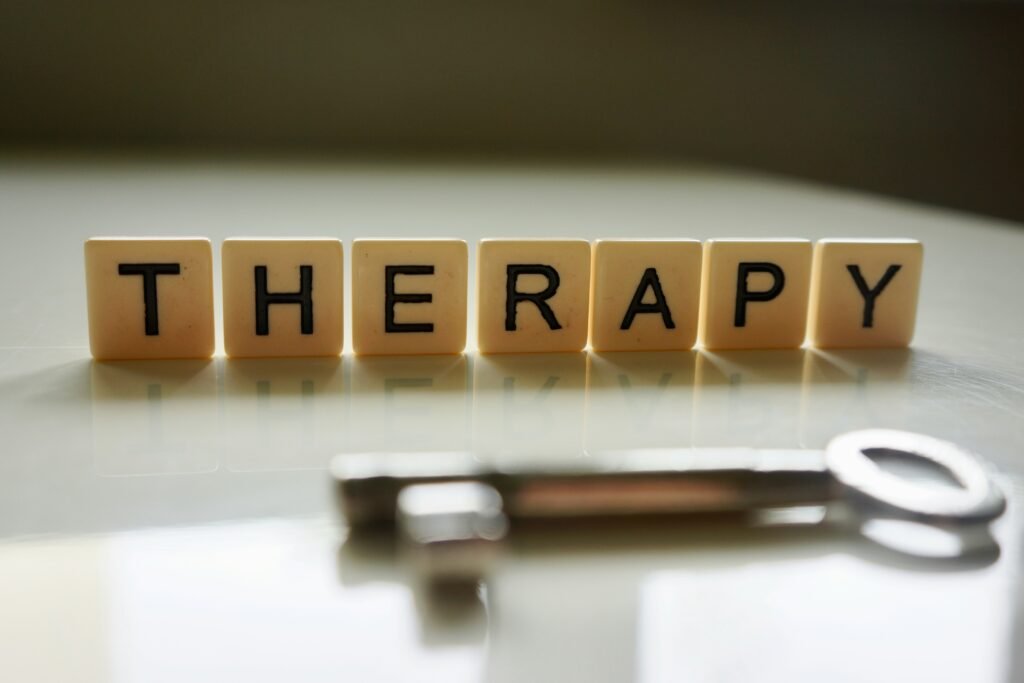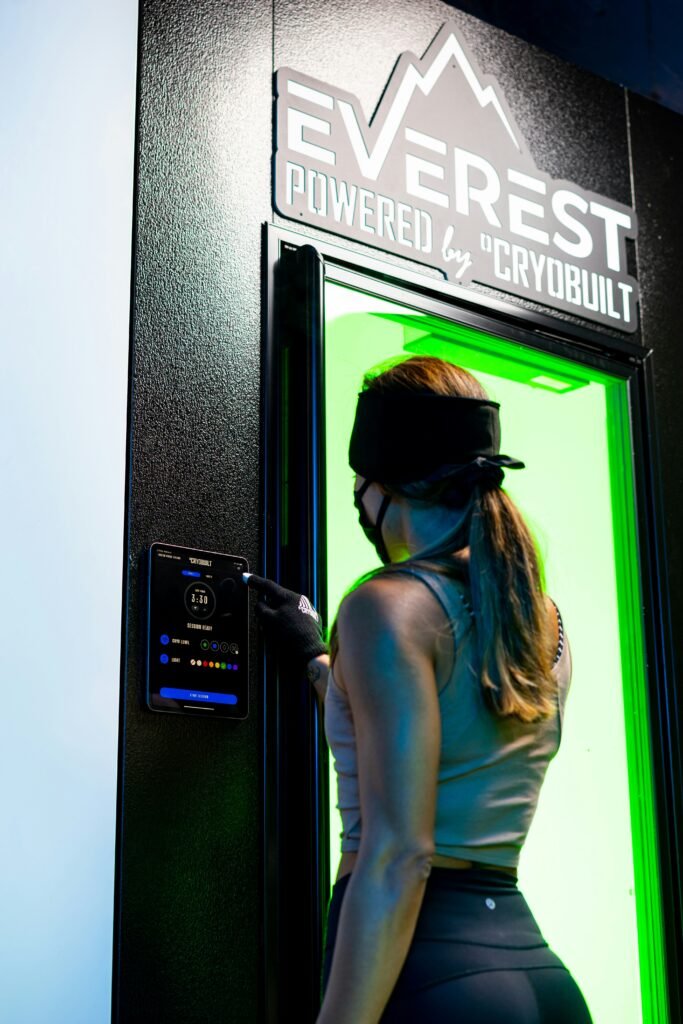Have you ever wondered how professional athletes recover so quickly after grueling competitions? It’s fascinating, isn’t it? One method that’s gained a lot of attention in recent years is cold plunge therapy. Sure, when you first think of ice baths, you might shudder at the thought of being submerged in cold water. But let’s take a closer look at how this practice can significantly benefit your muscle recovery.
Understanding Cold Plunge Therapy
Cold plunge therapy, or cold water immersion, involves immersing your body in cold water, typically around 50 to 59 degrees Fahrenheit (10 to 15 degrees Celsius), for a brief period. This might sound uncomfortable, but it has a variety of benefits you might not expect.
How Cold Water Affects Your Body
When you jump into that chilly water, your body undergoes several physiological changes. Initially, the cold causes your blood vessels to constrict, which helps reduce swelling and inflammation in sore muscles. Once you exit the cold water, your blood vessels dilate, leading to increased blood flow. This process aids in delivering nutrients and oxygen to your muscles, promoting quicker recovery.
The Benefits of Cold Plunge Therapy for Muscle Recovery
You might be wondering what specific benefits cold plunge therapy can offer for muscle recovery. Let’s break down some of the key advantages.
Reduction of Muscle Soreness
One of the most immediate benefits you will notice is a reduction in delayed onset muscle soreness (DOMS). If you’ve pushed yourself during workouts, you know the discomfort that follows after a few hours or days. Cold plunge therapy can alleviate that soreness significantly.
How It Works
When your muscles are exposed to the cold, the temperature decrease slows down the metabolic processes that lead to inflammation. Consequently, your muscles can recover more efficiently. Athletes often report feeling less sore and more ready to take on their next challenge after a cold plunge session.
Enhanced Recovery Time
If you’re in a regime that demands frequent training sessions, you might appreciate how cold plunge therapy can speed up your recovery time. It encourages quicker muscle repair and regeneration, which allows you to maintain a consistent training schedule without feeling overly fatigued or sore.
Recovery Timeline
Here’s a quick breakdown of how cold plunge therapy fits into your recovery timeline:
| Day After Workout | Muscle Condition | Impact of Cold Plunge |
|---|---|---|
| 1 | Sore and inflamed | Reduces inflammation significantly |
| 2 | Moderately sore | Enhances circulation and nutrients |
| 3 | Minor soreness | Prepares muscles for next workout |
Improved Circulation
Another fantastic benefit of cold plunge therapy is improved circulation. As the cold water causes your blood vessels to constrict, it turns on your body’s internal circulation pump. Once you exit the cold water, your vessels expand, promoting a flood of fresh, nutrient-rich blood to your muscles.
The Science Behind It
This cycle of constricting and dilating not only helps with recovery but can also enhance overall cardiovascular health. When your heart has to work harder to pump blood during and after a cold plunge, it increases your heart rate, which can contribute positively to your overall fitness levels.
Mental Toughness
Have you ever experienced something that challenged your resolve? Cold plunge therapy can build your mental toughness. Committing to stepping into freezing water is a challenge in itself; doing it regularly can help you develop resilience.
Benefits Beyond Recovery
The psychological benefits of pushing through discomfort can spill over into your workouts and daily life. You’ll likely find that it enhances your ability to face challenges head-on, be it in the gym or outside of it.

The Recommended Protocol for Cold Plunge Therapy
Now that you’re aware of the benefits, you might be curious about how to integrate cold plunge therapy into your routine.
Duration and Frequency
Most experts recommend starting with shorter durations to see how your body responds. You might start with about 3 to 5 minutes and gradually increase it as you become accustomed to the cold.
Sample Cold Plunge Routine
| Day of the Week | Session Duration | Notes |
|---|---|---|
| Monday | 3 minutes | Post-workout recovery |
| Wednesday | 5 minutes | Mid-week recovery boost |
| Friday | 5-7 minutes | Preparing for weekend training |
When to Use Cold Plunge Therapy
Timing can be crucial when it comes to cold plunge therapy. You may find it most beneficial after intense workouts or competitions. However, some individuals also use it on non-training days to promote overall recovery.
Combining with Other Recovery Techniques
Cold plunge therapy works beautifully in conjunction with other recovery methods. You might consider pairing it with foam rolling, stretching, or even massage therapy. These complementary practices can enhance muscle recovery and flexibility, allowing your body to function at its best.
Who Can Benefit from Cold Plunge Therapy?
You might be interested in knowing that cold plunge therapy isn’t just for elite athletes; it’s beneficial for anyone involved in physical activity. Whether you’re a weekend warrior, a casual gym-goer, or someone who simply enjoys recreational sports, you can gain the advantages of cold water immersion.
Beginner Considerations
If you’re new to cold plunge therapy, it’s crucial to listen to your body. Start slow and gauge your response. It’s perfectly normal to feel discomfort; however, persistent pain or any negative reactions should prompt you to consult a medical professional.
Athletes vs. Non-Athletes
While athletes often use cold plunge therapy as a tool for recovery, non-athletes can enjoy its benefits, too. If you lead an active lifestyle that includes physical exertion, your muscles can gain from the enhanced recovery that cold plunge therapy provides.

The Science Behind the Benefits
You might be wondering how the science backs up the advantages of plunge therapy. Numerous studies have showcased various physical and psychological benefits associated with cold exposure.
Key Research Findings
- Inflammation Reduction: Research indicates that immersing your body in cold water can effectively reduce inflammatory markers after strenuous exercise.
- Pain Relief: Studies show that cold immersion can alleviate pain and discomfort, leading to quicker recovery.
- Psychological Well-Being: Cold exposure can trigger the release of endorphins, which can enhance your mood and promote a sense of well-being.
These studies highlight the significant impact cold plunge therapy can have, making it a worthwhile addition to any recovery regime.
Cold Plunge Therapy Myths Debunked
As you explore cold plunge therapy, you might come across various myths that could deter you from trying it. Let’s set the record straight.
Myth: Cold Plunge is Only for Elite Athletes
While it’s true that elite athletes often utilize this therapy, anyone who engages in physical fitness can benefit. If you experience muscle soreness or fatigue, cold plunge therapy is suitable for you.
Myth: Cold Plunge is Dangerous
While cold water immersion does come with precautions, when done properly, it’s generally safe. It may induce initial discomfort, but as long as you don’t exceed recommended duration and temperatures, it’s a safe practice.
Myth: One Session is Enough
It’s important to note that the benefits aren’t an instant fix. Incorporating cold plunge therapy into your routine over time yields the best results for muscle recovery. It requires consistency to see significant improvement.

The Future of Cold Plunge Therapy
As with many trends in wellness and fitness, cold plunge therapy is continuing to evolve. You can expect to see increased accessibility to cold plunge setups in gyms, fitness studios, and even homes.
Innovative Cold Plunge Solutions
Emerging technologies and innovative designs are making it easier for you to access cold plunge therapy. Portable plunge tubs, cryotherapy chambers, and at-home cold immersion setups are becoming more popular.
Research and Development
With the growing interest in cold exposure, more research is likely to emerge, shedding light on the full extent of its benefits for recovery, overall health, and even mental clarity.
Conclusion
You’ve just journeyed through the ins and outs of cold plunge therapy for muscle recovery. It might initially seem daunting, but the benefits are plentiful. From reducing inflammation and soreness to enhancing mental toughness, cold water immersion has a lot to offer anyone who leads an active lifestyle.
Now that you understand the science and benefit of this therapeutic method, are you ready to give it a shot? Embracing cold plunge therapy might just be the next step in leveling up your recovery game!
Give it a try; your muscles might thank you later. As with any new practice, remember to listen to your body and consult with health professionals whenever you’re unsure. Happy plunging!


